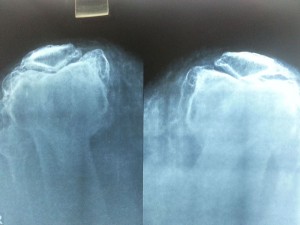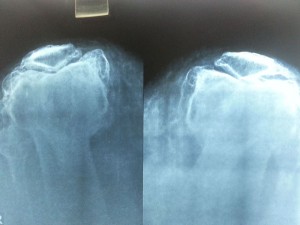Osteoarthritis (OA) is, basically, the
outcome of a variety of disorders that triggers structural or functional
failure of the bone joints. The hip joint is the largest bone joint
which is also known as ball and socket joint.
The bones of the hip joint are connected
with each other with bands of tissue known as ligaments that are
lubricated with the fluid to lower friction. Joints are also enclosed by
a cartilage tissue that cushions the joints and prevents them from
rubbing beside each other. A person is recommended for the hip replacement surgery
if he/she is unable to perform routine activities such as standing,
walking, sitting, bending, stretching, and running. However, there are
several factors that are examined before the hip replacement surgery in South Delhi including age, gender, weight, and movability.
Gender – Women are at high risk of the
joint pain and stiffness because they need more calcium than men as they
go through several life changing phases including menstruation cycle,
pregnancy, and menopause. Therefore, they soon lose the amount of
calcium required for bone health which triggers the joint pain and
stiffness and inability to perform certain movements.
Age – Typically people above the age of
50 are said to be the prone candidates, though the surgery can be
performed to the young patients as well depending on the medical
condition of the patient. The orthopedic surgeon in Delhi first
recommends certain medications and treatment, and if nothing seems to be
affecting, then they suggest for the hip replacement surgery.
Weight – Obese people having higher body
mass index (BMI) have a higher risk of joint failure. A person having
extra body weight gives more strain on the bones and muscles to perform
the movements which then lead to developing osteoarthritis.
Movability – Long hours sitting job and
performing strenuous exercises can put a lot of strain on the hip joints
that prompts risk of osteoarthritis. The excess strain on the joints
can damage or injure the cartilage and ligaments of the hip joints.



